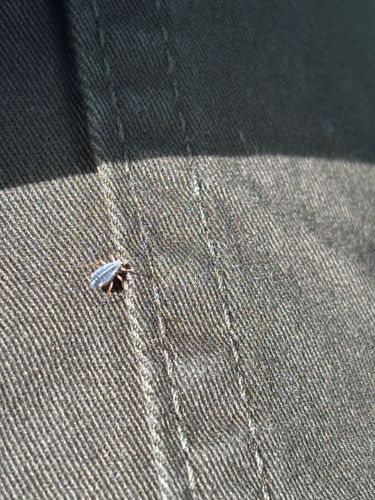Tick
Scientific Name: Ixodida
Order & Family: Acari, Ixodidae / Argasidae
Size: 2mm to 10mm (when engorged)

Natural Habitat
Grassy areas, wooded areas, shrubs, leaf litter, and on host animals
Diet & Feeding
Blood of mammals, birds, reptiles, and amphibians (obligate hematophagy)
Behavior Patterns
Ticks are external parasites that quest for hosts by waiting on vegetation with their front legs extended. They attach to a host, feed on blood for several days, then drop off to molt or lay eggs. They undergo three life stages: larva, nymph, and adult, each requiring a blood meal.
Risks & Benefits
Risks: Ticks are vectors for various diseases including Lyme disease, Rocky Mountain spotted fever, anaplasmosis, ehrlichiosis, and babesiosis, which can be harmful or even fatal to humans and animals. Benefits: Ticks play a minor role in the food chain as a food source for some birds and small mammals, but their negative impact as disease vectors far outweighs any ecological benefit.
Identified on: 9/21/2025